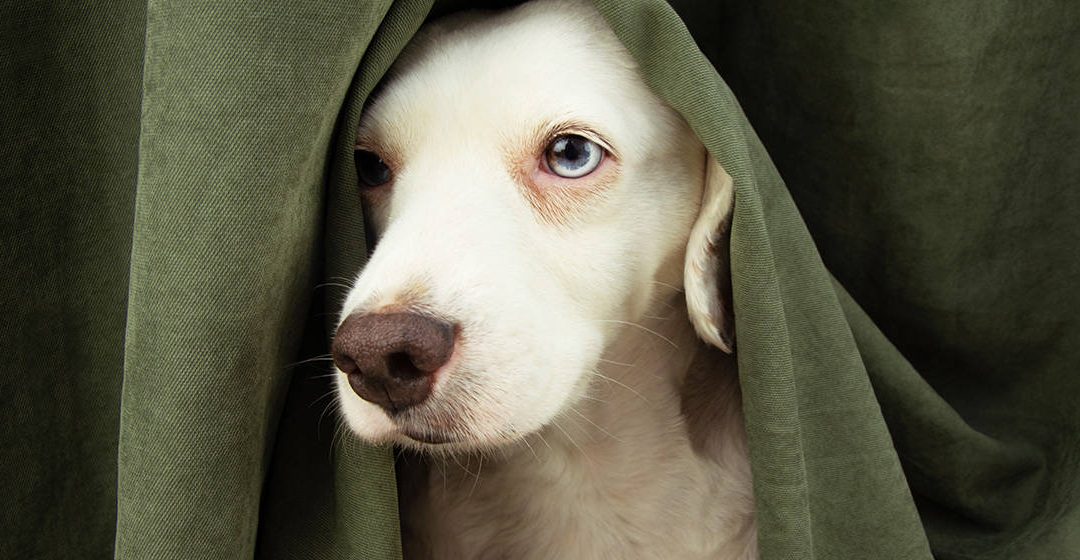Fear in dogs reasons

Fear in dogs
- Lack of Socialization: Dogs that haven’t been properly socialized during their critical developmental periods (usually between 3 and 14 weeks of age) may become fearful of unfamiliar people, animals, or environments.
- Past Trauma: Dogs that have experienced abuse, neglect, or traumatic events in the past may develop fear-related behaviors as a result of their previous experiences.
- Genetics: Some dogs may have a genetic predisposition to fearfulness or anxiety. Certain breeds are more prone to anxiety-related issues than others.
- Loud Noises: Many dogs are fearful of loud noises such as thunderstorms, fireworks, or construction noises. This fear can develop into noise phobias if not addressed early.
- Lack of Confidence: Dogs with low self-confidence may be more prone to fearfulness, as they may perceive more situations as threatening.
- Medical Conditions: Some medical conditions, such as pain or neurological disorders, can cause dogs to exhibit fearful behaviors. It’s important to rule out any underlying medical issues if your dog suddenly develops fear-related behaviors.
- Separation Anxiety: Dogs with separation anxiety may exhibit fearful behaviors when they are separated from their owners or left alone.
- Changes in Environment: Moving to a new home, changes in routine, or the addition of new family members or pets can trigger fear-related behaviors in some dogs.
General strategies to help
-
- Create a Safe Environment: Ensure that your dog has a safe space where they can retreat to when they feel anxious. This could be a cozy corner with their bed and favorite toys.
- Positive Reinforcement: Use positive reinforcement techniques to encourage calm behavior. Reward your dog with treats, praise, or toys when they exhibit bravery or calmness in fearful situations.
- Desensitization and Counterconditioning: Gradually expose your dog to the source of their fear in a controlled and positive manner. Pair exposure with something your dog loves, like treats or playtime, to create positive associations.
- Avoid Punishment: Punishing a fearful dog can exacerbate their anxiety and erode trust. Instead, focus on building their confidence through positive experiences.
- Regular Exercise and Mental Stimulation: Ensure your dog gets enough physical exercise and mental stimulation to help reduce stress and anxiety.
- Professional Help: If your dog’s fearfulness is severe or persistent, consider seeking help from a professional dog trainer or behaviorist who specializes in fear and anxiety.
- Medication: In some cases, medication prescribed by a veterinarian may be necessary to help manage severe anxiety in dogs. This should always be used in conjunction with behavior modification techniques.
- Create Predictability: Establishing routines and providing clear boundaries can help your dog feel more secure and reduce anxiety.
- Provide Comfort: Sometimes, simply being there for your dog and providing comfort through gentle touch or soothing words can help them feel safer.
- Be Patient and Consistent: Overcoming fear takes time and patience. Consistently applying positive reinforcement techniques and providing support will help your dog build confidence and resilience.

